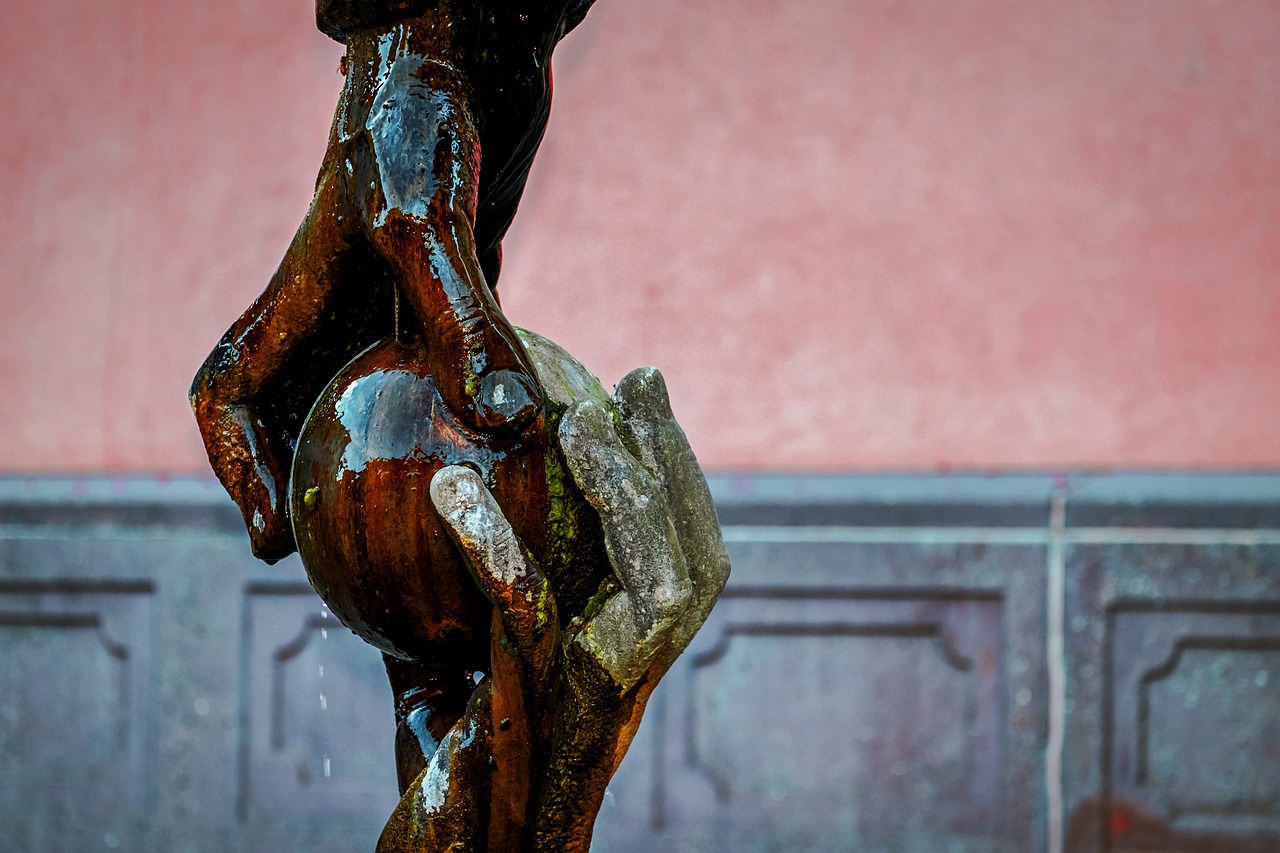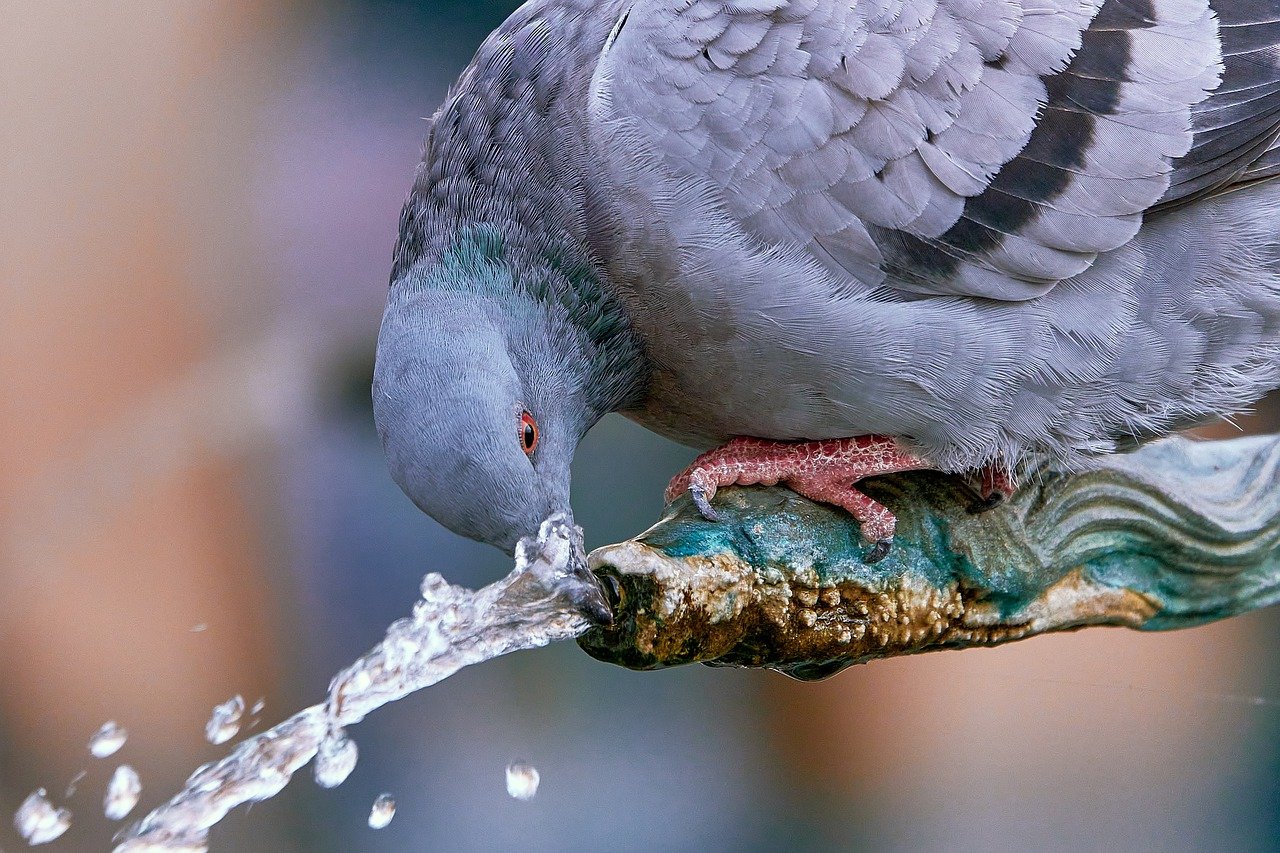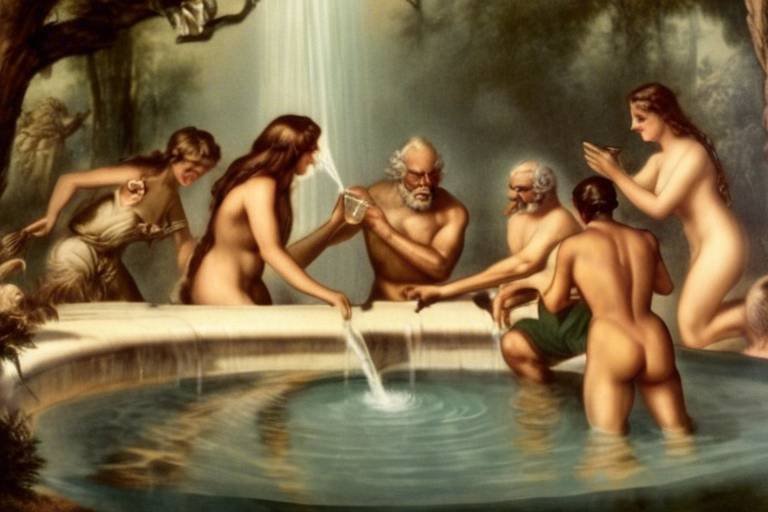The Legend of the Fountain of Youth - Historical Truths
The legend of the Fountain of Youth has captivated the imaginations of people for centuries, offering a glimmer of hope for eternal youth and vitality. But what is the historical truth behind this enduring myth? Let's delve into the origins and evolution of this legendary tale to separate fact from fiction and uncover the real story behind the Fountain of Youth.

Origin of the Legend
The origin of the Fountain of Youth legend can be traced back to ancient civilizations, where the concept of eternal youth and rejuvenation was a recurring theme in folklore and mythology. Stories of magical waters that could reverse aging and grant immortality were prevalent across cultures, capturing the imagination of people throughout history.
One of the earliest known references to a fountain with mystical properties is found in Greek mythology, where the goddess Hebe was said to have served ambrosia, the food of the gods, to confer eternal youth to those who consumed it. This myth laid the groundwork for the enduring fascination with the idea of a source of eternal youth.
As the legend of the Fountain of Youth spread, it underwent various interpretations and adaptations in different cultures, each adding its own unique elements to the myth. Over time, the concept evolved into a symbol of hope, renewal, and the eternal quest for vitality and longevity.

Explorers and Conquistadors
The quest for the mythical Fountain of Youth captivated the minds of numerous explorers and conquistadors during the Age of Exploration. These daring adventurers, driven by the allure of eternal youth and the promise of rejuvenation, embarked on perilous journeys in search of this legendary source of vitality. Among the most renowned figures associated with the quest for the Fountain of Youth is the Spanish explorer Juan Ponce de León. His expedition to the shores of Florida in the early 16th century is often linked with the pursuit of this elusive fountain, although historical accounts suggest that his primary goal was to establish Spanish presence in the region and seek new territories. Despite the lack of concrete evidence supporting the existence of the Fountain of Youth, the myth persisted and fueled the imaginations of explorers who ventured into uncharted territories in the hopes of discovering the secret to everlasting youth.

Ponce de León's Quest
Ponce de León's quest for the Fountain of Youth is a legendary tale shrouded in mystery and ambition. Setting sail from Spain in the early 16th century, the Spanish explorer embarked on a journey to the newly discovered land of Florida in search of the mythical fountain believed to bestow eternal youth upon those who drank from its waters. Fuelled by the desire for immortality and the allure of youth, Ponce de León's expedition captured the imaginations of many, sparking a wave of exploration and conquest in the New World.

Native American Perspectives
Native American Perspectives on the Fountain of Youth offer a unique insight into the cultural beliefs and traditions of the indigenous tribes inhabiting the land that Spanish explorers sought to conquer. For Native Americans, the concept of eternal youth was often intertwined with spiritual beliefs and the natural world, rather than a physical fountain with magical properties. The idea of rejuvenation and vitality was connected to the cycles of nature, the importance of harmony with the environment, and the wisdom gained through age and experience.
Many Native American tribes had their own stories and legends related to youthfulness and longevity, passed down through oral traditions from generation to generation. These narratives often emphasized the interconnectedness of all living beings and the respect for the balance of life. Rather than seeking a mythical fountain, Native Americans looked to the wisdom of their elders and the teachings of their ancestors for guidance on living a fulfilling and meaningful life.
Furthermore, the arrival of European explorers with their quest for the Fountain of Youth brought about clashes of worldviews and cultural misunderstandings. The Native American perspectives on aging and vitality differed significantly from the European concepts, leading to conflicts and tensions as each group tried to impose their beliefs on the other. The clash of these contrasting views highlighted the complexities of cultural exchange and the challenges of bridging the gap between different ways of understanding the world.

Symbolism and Allegory
Symbolism and allegory have played a significant role in shaping the perception of the Fountain of Youth throughout history. The mythical spring has been a powerful symbol of eternal youth, immortality, and rejuvenation in various cultures and artistic representations. Artists and writers have often used the concept of the Fountain of Youth as a metaphor for the desire to defy aging and mortality, exploring themes of youth, vitality, and the quest for eternal life.
One of the key allegorical interpretations of the Fountain of Youth is its representation of the human longing for perpetual youth and vitality. The fountain symbolizes the eternal quest for immortality and the fear of aging, reflecting humanity's innate desire to preserve youthfulness and vitality. It serves as a reminder of the transient nature of life and the universal aspiration to retain youth and vigor indefinitely.
In literature, the Fountain of Youth has been a recurring motif symbolizing the pursuit of eternal life and the consequences of immortality. Writers have used the myth to explore themes of mortality, the passage of time, and the complexities of human existence. The allegorical significance of the Fountain of Youth extends beyond the physical realm, delving into philosophical and existential questions about the nature of life, death, and the quest for eternal youth.
Moreover, the Fountain of Youth has been a source of inspiration for artists across different mediums, from paintings and sculptures to films and music. The imagery of the mythical spring has been depicted in various artistic works, capturing the allure of eternal youth and the timeless appeal of the quest for immortality. Artists have used the symbolism of the Fountain of Youth to evoke themes of beauty, vitality, and the eternal cycle of life and death.
Overall, the symbolism and allegory surrounding the Fountain of Youth have contributed to its enduring appeal and cultural significance. The myth continues to resonate with people across the world, reflecting universal themes of youth, immortality, and the eternal quest for eternal life.

Immortality and Rejuvenation
The concept of immortality and rejuvenation embodied by the Fountain of Youth has captivated human imagination for centuries, offering a glimpse into the eternal pursuit of youth and vitality. This mythical spring represents the eternal desire to defy the natural aging process, to transcend mortality, and to rejuvenate one's body and spirit. Across cultures and civilizations, the idea of a magical source that grants eternal youth has been a recurring theme, symbolizing the eternal quest for vitality and the fear of aging and death.
Throughout history, the Fountain of Youth has been depicted as a source of renewal, a mythical elixir that promises to reverse the effects of time and restore youthfulness. From ancient myths to contemporary literature, the notion of immortality and rejuvenation has been explored in various forms, reflecting humanity's eternal fascination with the idea of eternal youth. Artists, writers, and thinkers have used the symbolism of the Fountain of Youth to convey deeper philosophical and existential themes, exploring the complexities of life, death, and the passage of time.
In different cultural contexts, the quest for immortality and rejuvenation takes on unique meanings, reflecting the values and beliefs of each society. Whether as a physical spring with miraculous properties or as a metaphorical symbol of spiritual renewal, the Fountain of Youth continues to inspire awe and wonder, inviting contemplation on the nature of existence and the human desire for perpetual youth.

Scientific Perspectives
The concept of the Fountain of Youth has intrigued scientists and researchers for centuries, sparking discussions on longevity and the aging process. While the mythological fountain promises eternal youth, modern scientific perspectives offer a more grounded view on aging and longevity. Scientists have delved into various fields, from genetics to regenerative medicine, to understand the mechanisms behind aging and explore ways to promote healthy aging.
Research in the field of gerontology has shed light on the biological processes that contribute to aging, such as cellular senescence and telomere shortening. Studies on lifestyle factors, including diet, exercise, and stress management, have also highlighted the importance of healthy habits in promoting longevity. The scientific community continues to explore innovative approaches, such as stem cell therapy and gene editing, in the quest for extending lifespan and improving quality of life in old age.
Contrary to the mythical notion of a magical spring reversing aging instantly, scientific perspectives emphasize the gradual nature of aging and the complexity of factors influencing lifespan. While the Fountain of Youth remains a captivating legend, scientific advancements offer a more nuanced understanding of aging and provide hope for enhancing human healthspan in the future.

